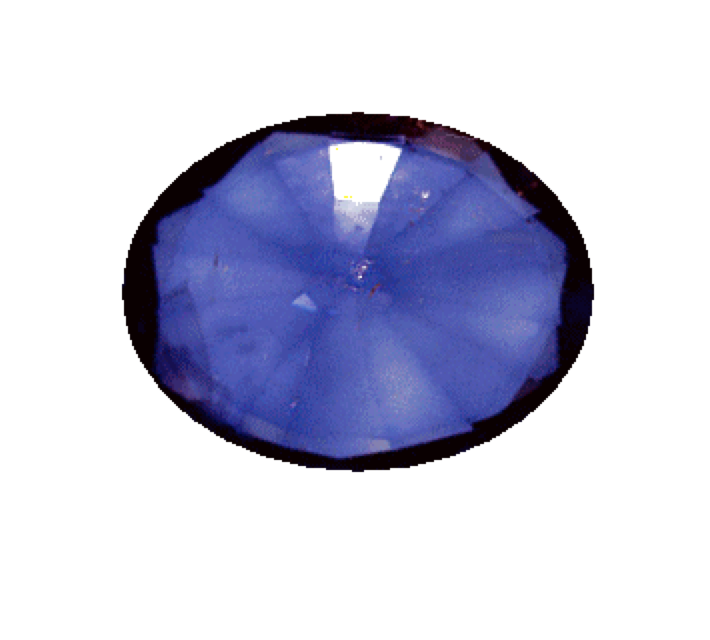How to Test for Diffusion Treated Gems
Learn how to spot diffusion treated gems with a simple immersion test. This common treatment for sapphire can significantly reduce their value and prevents re-cutting and re-polishing.
2 Minute Read
The Immersion Method
Setting Up
This inspection process is simple. First, you need a substage, diffused light source. A microscope, polariscope, or even a flashlight will do. If you don’t have a frosted glass plate, simply lay a tissue over the light.
Next, place a small glass beaker over the light and fill it partially with an immersion or refraction fluid. Choose a liquid with a refractive index (RI) close to that of the test stone. For example, methylene iodide has an RI of 1.74, ideal for corundum stones like ruby and sapphire.
Keep in mind that many immersion fluids can be harmful. Although safer alternatives may be available, always exercise caution.
Immersion Fluids
Use the following chart to find a good immersion liquid for your gem.
| Immersion Fluids | RI |
| Water | 1.33 |
| Alcohol | 1.36 |
| Corn oil | 1.47-1.48 |
| Olive oil | 1.44-1.47 |
| Glycerin oil (glycerol) | 1.47 |
| Almond oil | 1.45-1.47 |
| Clove oil | 1.53-1.54 |
| Wintergreen oil | 1.54 |
| Anise oil | 1.54-1.56 |
| Cinnamon oil | 1.59-1.62 |
Examine Your Gem
Once you’ve set up your equipment, immerse the gem in the fluid and examine it.
When you put a stone in a liquid with the same RI, it virtually disappears. Light passes through the…
Donald Clark, CSM IMG
Donald Clark, CSM founded the International Gem Society in 1998. Donald started in the gem and jewelry industry in 1976. He received his formal gemology training from the Gemological Institute of America (GIA) and the American Society of Gemcutters (ASG). The letters “CSM” after his name stood for Certified Supreme Master Gemcutter, a designation of Wykoff’s ASG which has often been referred to as the doctorate of gem cutting. The American Society of Gemcutters only had 54 people reach this level. Along with dozens of articles for leading trade magazines, Donald authored the book “Modern Faceting, the Easy Way.”
Related Articles
Pearl Treatments and Enhancements
Corundum Treatments
Quartz Color Treatments
Turquoise Treatments and Synthetics Guide
Latest Articles
Rhodochrosite Value, Price, and Jewelry Information
Ruby and Sapphire Survey: Where Do You Draw the Line?
Quartz Toxicity: Understanding the Risks for Jewelers and Wearers
Synthetic Amethyst: What is it and How is it Made?
Never Stop Learning
When you join the IGS community, you get trusted diamond & gemstone information when you need it.
Get Gemology Insights
Get started with the International Gem Society’s free guide to gemstone identification. Join our weekly newsletter & get a free copy of the Gem ID Checklist!
